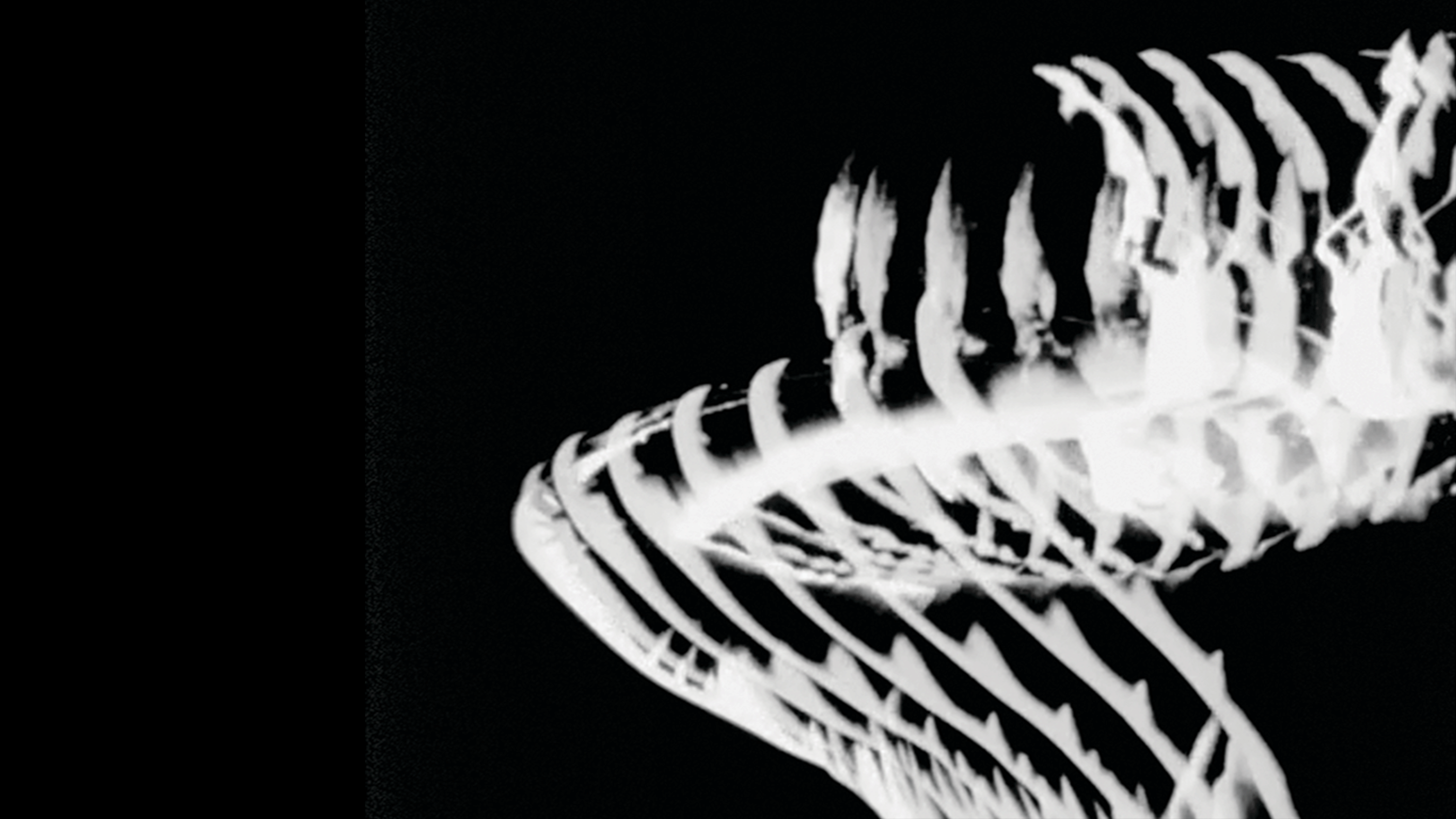Documentation
[Recap] TiM Seminar 2022-23 “Collaboration and Dissensus in the Experimental Arts and Innovation Policy” – Michael Century (Rensselaer Polytechnic Institute)
by Job Santé
During the second seminar of the Transmission in motion seminar programme Michael Century presented his recently published book Northern Sparks: Innovation, Technology Policy and the Arts in Canada from Expo 67 to the Internet Age, In doing so he illustrated the ways in which Canadian policy-making had shaped the ways technology and arts developed in Canada between 1967 and 1993.
Century’s presentation was structured around his book, focusing on four specific chapters, namely: Chapter 2 “”Norman McLaren and Proto Computationally”, Chapter 3 “Hunger/La Faim: when the American Computer Had an Eye, and the Canadian Computer a hand”, Chapter 5 “Tuning, Tundra, and Treasure: Canada’s Expanded Musicality”, and Chapter 7 “Contesting a ‘New Art Form’”: Virtual Reality as Cultural Probe. These chapters were laid out in a structure of three developments that Century presented:
- Analogue to digital (containing Chapters 2 and 3)
- Music to sonic (Chapter 5)
- Digital Immersion (Chapter 7)
Analogue to digital
Describing the transition from digital to analogue, Century mainly discusses the ways in which animation technology has been developed in Canada during the mid-90s. Century explains how Canada at that time was working against American media domination through the development of ‘nationalistic technologies’. And how this idea of technological nationalism had given rise to Canada’s government giving out funding for the development and experimentation with technology and new media, not limited to experimentation within the arts. Century uses the works of McLaren to underline how these experimentations with new technology took shape and how they were funded by the Canadian government. Examples ranging from McLaren’s Begone Dull Care (1949) and Pas de Deux (1968) are used to show how McLaren experimented with analogue film, later even working with the first digital methods of making a film and informing the ways it would develop. Century goes to show how modern-day animation cinema owes a lot to developments of artistic research funded by the Canadian government.
World Soundscape Project
Developments supported by Canadian policy on funding research in technology and media not only limited themselves to computation and film. Century continues his presentation to discuss the way the concept of the soundscape was developed through Canadian influences. Focusing on the work of Marshall McLuhan, Century explains how the idea of acoustic space and electric speed being as intrusive as sound gave rise to Murray Schafer’s concept of Soundscape. Schafer’s works are similar to John Cage’s studies of sound but go further in-depth and describe the design of the sonic world. This concept of the ‘tuning of the world’ and the existence and creation of acoustic ecologies informed new ways of performing music. Century describes a work in which recording of the sounds of waves are transcribed into music and the ways in which plays were performed in nature, taking into consideration the sounds that nature itself entails.
Digital Immersion
In the last part of his presentation Century described a project on which he worked. At the Banff Centre for the Arts, Century worked on a project directed towards the research and development of VR technologies. Century explains how the project selected and developed eight commissioned VR projects. These projects were very diverse in how they implemented VR. Mentioned here were:
- Lawrence Paul Yuxweluptun’s Inherent Rights, Vision Rights
- Catherine Richards’ Spectral Bodies (1991)
- Tonid Dove’s Archeology of a Mother tongue
- Brenda Laurel’s Placeholder
- Marcos Novak’s Dancing with the virtual Dervish
- Char Davies’ Osmose (1995)
Century explains how these projects came to be and emphasises the different ways each of them implements VR and to what extent they do so. He reflects on the ways in which these projects were funded by the Canadian government but ends his presentation by reflecting on how these government-funded artistic research projects eventually came to an end. Century blames the development of the internet for this, explaining that a shift in Canadian government funding shifted when the internet developed itself as the main information stream. Seeing how communication and art research were scaled under the same funds, projects had to make place for research into the internet which had gained great interest from the Canadian government. With this shift from research into different technologies and media to a singular interest in the internet, the age of Canadian-funded artistic research into technologies came to an end.
Conclusion
Century’s presentation at this seminar goes to show how technological developments are not only developed through tech companies but also through ways in which nations try to shape and develop them. Century shows how McLuhan’s influence on Canada’s policies structured an environment in which artistic research could be government funded and how these research projects were very fruitful in developing the technologies that still shape the world today.

